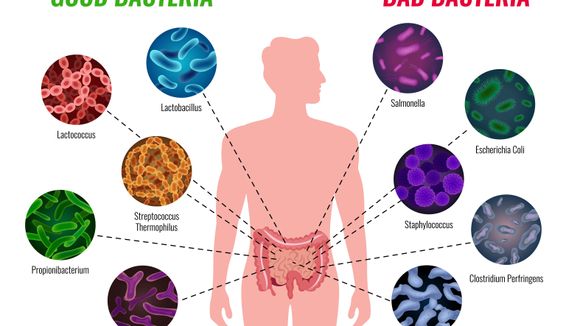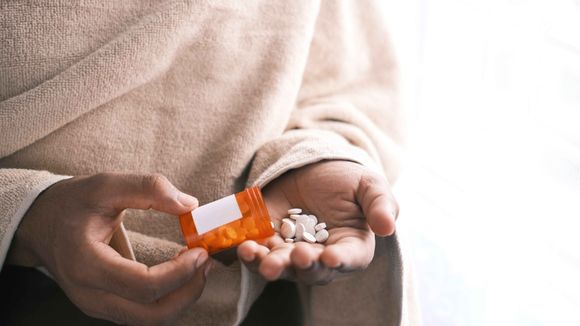What is antimicrobial resistance
Antimicrobial resistance (AMR) is one of the most serious global threats to public health this century. The First Global Report of the World Health Organisation (WHO) on the monitoring of AMR, published in April 2014, collected for the first time data from national and international monitoring networks showing the extent of this phenomenon in many parts of the world, as well as the existence of major gaps in tackling the problem. [ref. 1] [ref. 2] Antimicrobial resistance occurs when bacteria, viruses, fungi and parasites change over time and no longer respond to taking medicines. In this situation, microbes such as bacteria and fungi have developed the ability to defeat drugs designed to kill them, thus becoming an even more serious threat to health.
Antimicrobial resistance is the resistance that microbes develop to antimicrobial drugs designed to kill them.
Prof. Asena Serbesova - Minister of Health and President of the Bulgarian Pharmaceutical Union, also draws attention to the fact, that antimicrobial resistance worsened during the pandemic. [ref. 3]
Probiotics and antibiotics - how they work together according to a new study
In the fight against drug-resistant bacteria, the researchers from the Massachusetts Institute of Technology - MIT, recognize the positive effect of the "good" bacteria known as probiotics.
In a new study, researchers show that taking a combination of antibiotic drugs and probiotics can help destroy two strains of drug-resistant bacteria that often infect wounds. To achieve this, they encapsulated probiotic bacteria into a protective shell of alginate - a biocompatible material that prevents probiotics from being killed by the antibiotic.
"Now there are so many bacteria that are resistant to antibiotics, which is a serious problem for human health. "We think one way to treat them is by encapsulating a living probiotic and letting it do its job," said Ana Jaklenec, a researcher at the Massachusetts Institute of Technology's Institute for Integrative Cancer Research and one of the study's lead authors.
If proven to be successful in future tests in animals and humans, the probiotic/antibiotic combination can be incorporated into innovative wound remedies, where it can help heal infected chronic wounds.
The combination of antibiotics and probiotics as a valuable weapon
The human body contains trillions of bacterial cells, many of which are beneficial. In some cases, these bacteria help prevent infection by secreting antimicrobial peptides and other compounds that kill pathogenic strains of bacteria. Others outnumber harmful strains by ingesting nutrients and other critical resources.
Previously, scientists have tested the idea of applying probiotics to chronic wounds and have had some success in studies of patients with wounds. However, probiotic strains usually cannot fight any bacteria that may be found in an infected wound. Combining these strains with traditional antibiotics would help destroy more of the pathogenic bacteria, but the antibiotic is likely to kill probiotic bacteria as well. In addition, researchers found that alginate is a component of biofilms that form clusters of bacteria to protect themselves from antibiotics.
For the purposes of this study, the researchers encapsulated a type of commercially available probiotic known as Bio-K+, which consists of three strains of Lactobacillus bacteria. These strains are known to kill methicillin-resistant Staphylococcus aureus (MRSA).
The exact mechanism by which they do this is not known, but one possibility is that pathogens are susceptible to lactic acid produced by probiotics. Another possibility is that probiotics emit antimicrobial peptides or other proteins that kill pathogens or impair their ability to form biofilms.
The researchers delivered the encapsulated probiotics along with an antibiotic called tobramycin, which they choose among other antibiotics tested because it effectively kills Pseudomonas aeruginosa (common in wounds).
When Staphylococcus aureus (MRSA) and Pseudomonas aeruginosa, growing in laboratory conditions, are exposed to the combination of encapsulated Bio-K+ and tobramycin, all pathogenic bacteria are destroyed. In an attempt at the same experiment with unchanged probiotics, probiotics were destroyed by antibiotics, allowing MRSA bacteria to survive.










